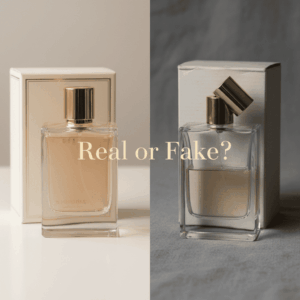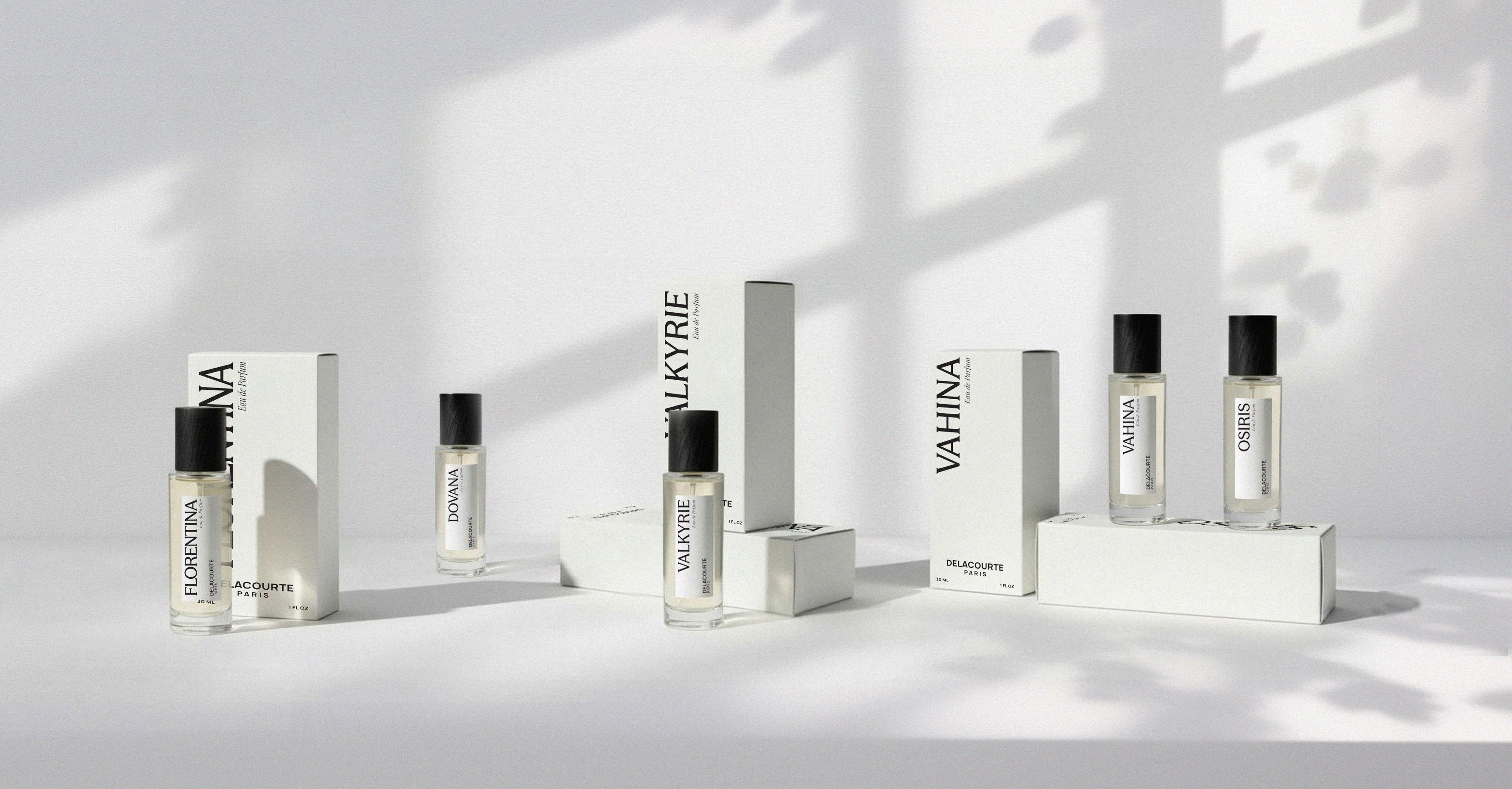How to Spot a Fake Perfume? Complete Guide and Risks to Avoid
Creating a perfume typically takes a full year, with up to 600 trials conducted by the creator. Other experts are also involved: evaluator, graphic designer, glassmaker, packaging designer, dermatological testers, conditioner, and more.
Fragrances undergo costly dermatological tests to avoid any problems or intolerances. A dossier is then sent to the poison control center. This level of rigor, which guarantees your safety, does not exist among manufacturers of fake perfumes.

Spotting Counterfeits: The Immediate Warning Signs
Here are some tips to identify a counterfeit before purchasing.
1. Check the Price (The Primary Indicator)
If the price is significantly lower than the original, or truly too cheap, it is the first warning sign.
However, you can benefit from 20 to 30% discounts on certain major brands. But anything beyond that becomes suspect.
Official perfumeries sometimes offer promotions or gift sets during specific times of the year. Therefore, outside of this framework, be wary.
If you are offered perfumes with codes like “No. 10 = Shalimar,” it is almost always a poor-quality counterfeit.
2. Examine the Packaging and Bottle
Carefully observe the perfume’s packaging and wrapping, which reveal a lack of rigor or reduced production costs among counterfeiters.
- The Outer Box: If it is poorly cellophane-wrapped or shows creases, beware.
- The Labels: If they are poorly glued or crooked, it is not necessarily fake, but it can be an indicator.
The law requires indicating the main components, the list of allergens, a barcode, a batch number, a traceability code, the alcohol degree, and a recycling symbol. The absence of any of these elements is a red flag.
- The Interior Cardboard Support: High-end or niche perfume brands pay attention to every detail. Too-thin or poorly fitted cardboard, or a bottle that is not securely held, are suspicious clues.
- The Bottle: It should be a single piece, smooth, seamless, perfectly centered with a stopper that snaps shut properly. If the distribution tube is too long or curved, be careful.
3. Purchase from an Authorized Retailer or Official Website
This is the best guarantee to avoid fake perfumes, also called “dupes.”
Brands keep an up-to-date list of their official distributors. No other sellers are authorized to market their products.
If you buy online, the risk is higher. Verify that the brand recognizes the site as a distributor, and read customer reviews.
A perfume bought in a street market or from a vendor abroad is most likely fake.
Furthermore, be wary of perfume factories in Grasse open to tourists. The creation centers for major brands are rarely there, but rather in Paris, Geneva, or New York.
The Risks of Fake Perfume: Danger to Health and Olfaction
The Scent of a Counterfeit Perfume
A fake perfume may seem convincing at first, thanks to elaborated top notes, but it quickly reveals its olfactive weakness.
The quality is often mediocre, with no harmonious evolution on the skin or longevity over time. The olfactory pyramid is truncated because counterfeiters do not use costly and complex heart and base notes.
These perfumes frequently contain poor-quality, or even toxic, raw materials (industrial chemicals, banned fixatives). They escape IFRA standards and have not undergone any dermatological testing.
To learn more about the safety standards that major brands adhere to, consult IFRA safety standards.
Some high-end perfumes contain 25 to 30% precious natural materials that are very difficult to imitate, such as natural oud, civet, iris pallida butter, or santal alba. The absence of these costly ingredients is the main reason for the counterfeit’s failure in longevity.
Conclusion: Legislation, Safety, and Definition
Copies target iconic perfumes like Chanel No. 5, and much less confidential or niche creations (find out more here).
These are counterfeits, and therefore illegal. They infringe copyright and expose their manufacturers to lawsuits and fines.
Buying a fake perfume is not trivial. The buyer can also be penalized for receiving stolen goods. The main threat, however, remains the lack of dermatological tests, which can cause severe allergies and skin irritations.
